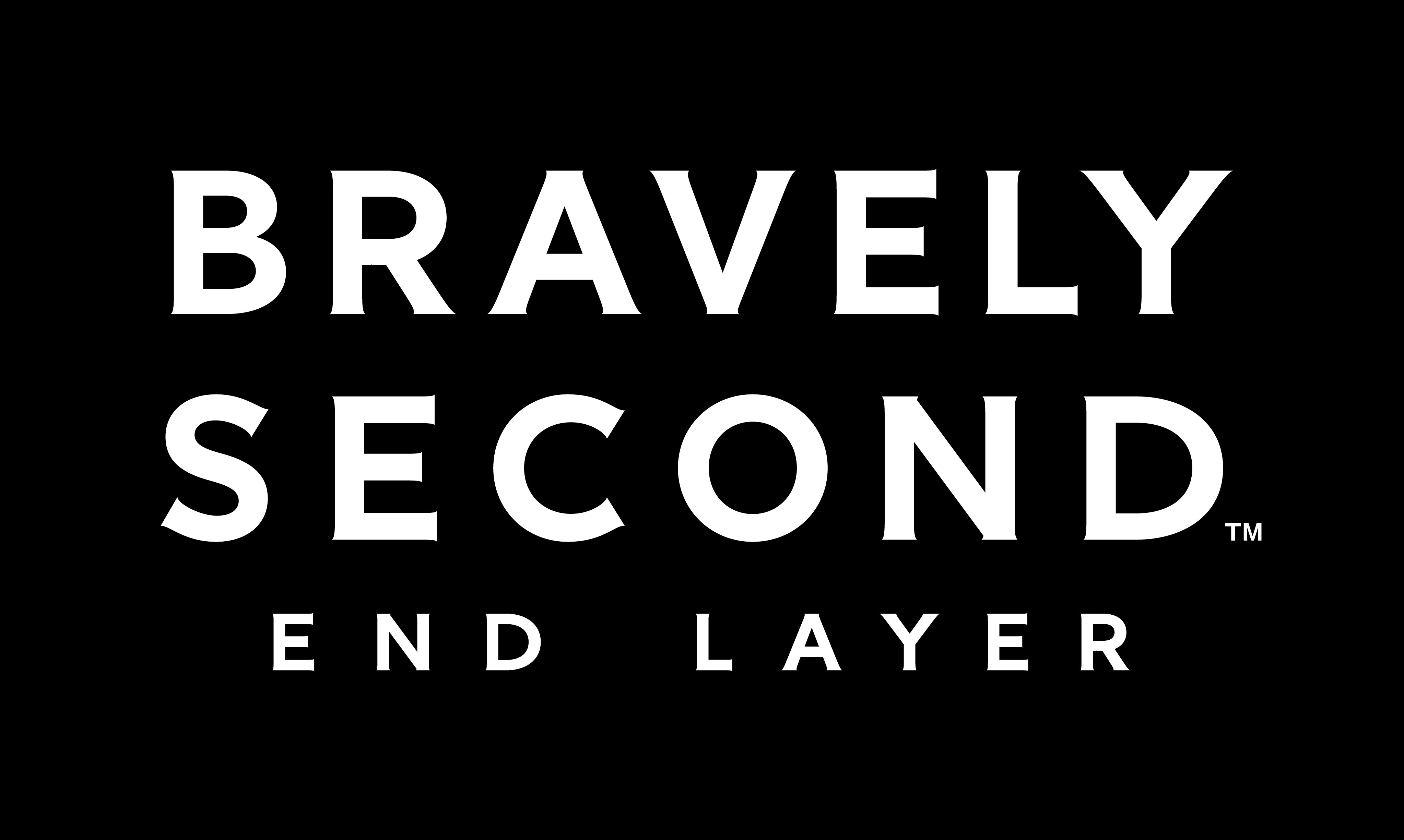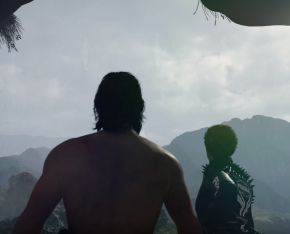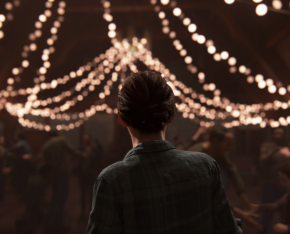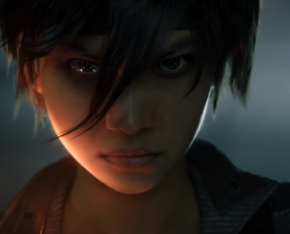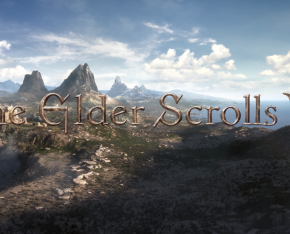By Franceen Robles on June 4, 2016 at 5:23pm
“Bravely Second” is the much awaited sequel to their 2012 hit “Bravely Default.” For those of us who were brave enough to trudge through the repetition of “Default,” we were rewarded with an intriguing little movie at the end. It was then that the seeds of anticipation were planted, nourished every once in a while with a sprinkling of new trailers and class revelations.
Just like its predecessor, “Bravely Second” takes place in Luxendarc, this time with four new towns to discover (one in each continent). The new towns, despite their beautiful hand-drawn backgrounds, were simply new dots on pre-existing continents. Only half of them had new dungeons for us to crawl through, while the other two simply acted either as a springboard between plot points or a pit stop between trips.
Of course, what good are new towns if we don’t have a main campaign to focus on? Our main character this time is a young man named Yew Geneolgia, leader of the Crystalguard’s “Three Cavaliers.” With the Orthodoxy’s newly anointed Pope Agnes Oblige abducted, it’s up to Yew and his friends to save her from the clutches of evil.
Those who were expecting Magnolia Arch to be the focus of this story is in for some serious disappointment. Magnolia gets relegated as a French-speaking secondary character whose story is, well, secondary. Despite her being the focus of the collector’s edition box art and the teaser trailer, her importance in the game is severely downplayed.
Meanwhile, we spend a good two-thirds of the game playing catch up to the Kaiser Oblivion, this game’s advertised villain, who flies around in his nifty little flying fortress known as the “Skyhold.” Along the way we meet the Kaiser’s supporters, each one holding the asterisks of the new jobs. We also meet Anne, the Kaiser’s gratingly loyal and schemingly brutal fairy.
While the story may sound straightforward for now, it doesn’t end with the Kaiser’s defeat. Fashioned after its predecessor, there’s another story beneath all the initial conflict. The only problem is that once you understand the scope of that underlying story, it all seems like an arbitrary way to provide a “twist” using the same old technique back in “Default.”
Instead of a cleverly crafted plot twist for end game purposes, we get a half-baked idea of a story that is forcefully shoehorned into the lore. It really becomes a bitter pill to swallow when the game forces us to accept that the story is really all about some people whom we had little connection to. “Bravely Second” forces us to care about characters that we haven’t even met, even going as far as creating the final boss around it.
All I can say is that I hope you like constellations.
Silicon Studio also brought back the same “Brave and Default” battle system from the first game but with some little tweaks here and there. Fans of this system will be glad to know that there are now chain battles, which occur whenever your party ends the battle within the opening turn. The chain battles progressively increase the amount of experience and money earned with an increasing multiplier, but at the risk of getting completely wiped out as you take more hits. This new feature makes leveling and earning money a lot easier, as well as completing journal entries for those who lean more towards the completionist side.
Another new helpful feature we got this time is the ability to control encounter rates. There are five settings: +100%, +50%, 0%, -50%, and -100%. Encounters are set to 0% by default, which does not mean that there are no encounters. The pluses and minuses are actually multipliers; +100% yields twice as much encounters, while -100% completely removes them.
The third new feature we have is the ability to repeat, and even save, certain actions within a turn so that we can repeat them over different battles. While obviously not advisable for boss battles, the new “Repeat Command” option gives autoplay more bang for its buck. We can store up to three commands to use on different occasions, and we are free to break out of it by the next turn with just a push of the Y button.
Yet despite all these improvements, Silicon Studio devised a way to artificially increase playtime. Our in-game journal still has the bestiary, but we now have to defeat each enemy several times before it is marked complete. This is no problem for common enemies, but for those with significantly lower encounter rates, it’s almost excruciating. Even with encounter rates at +100%, waiting for that rare enemy to appear is enough to put a bull to sleep. Some dungeons later in the game also disable the ability to change encounter rates, which makes the wait even longer. Though for what it’s worth, our main characters’ banter on the bestiary entries is mildly amusing, making bestiary completions feel slightly more rewarding.
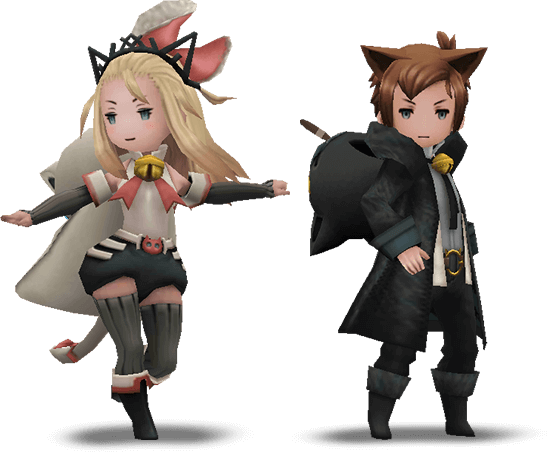
Those wanting to take a break from the usual bloodbath have the option of dowsing for treasure instead. With the help of the Freelancer class skill “Divining Rod,” you can accurately track how many more items you have left to find. The downside? Every single map has hidden treasures which are not indicated by any glowing orb or red treasure chests. You find them by walking against walls and sniffing out hidden passages, and then wait for that special time when the “Inspect” option comes up. It’s easy enough to do on small rooms, but the fact that the overworld has a separate count of hidden treasure is insane. Considering the vast, mountainous lands and the small peppering of solitary islands around Luxendarc, trying to find every single hidden treasure in the overworld is asinine.
As far as music goes, “Bravely Second” seems to offer a mixed bag of goodies. Even those who have not played “Bravely Default” agree that Revo’s work in composing the soundtrack was phenomenal. Each track more or less portrayed its feelings perfectly, while character themes all had distinct sounds that differentiate them from one another. Which is why when it was announced that Supercell’s Ryo would take over the musical helm, “Bravely” veterans knew that he had big shoes to fill.
Perhaps those shoes proved to be a tad too big for Ryo. His tracks are hit or miss: at best, they rival some of Revo’s best tracks, at worst, they sound incredibly unremarkable. Take the typical cave music, for example. It’s hard to take in the environment seriously when the music immediately assumes a juvenile curiosity that descends onto a two-note crash:
On the other hand, Ryo’s theme for Kaiser Oblivion is worthy of grandiose and excitement. Even if the Kaiser is your enemy, his theme simply commands a sense of awe:
Yet it’s almost as if Silicon Studio could not decide which direction to take the game musically. Their decision to keep some of Revo’s tracks, juxtaposed with Ryo’s new tracks creates a jarring sound that makes the older tracks sound horribly dated and the newer tracks sound uninspired. Kudos to Ryo for agreeing to work on a video game soundtrack, but it’s clear that this is not his forte. His area of expertise is somewhere else and it shows.
Once you get past the music, you are faced with another insurmountable annoyance: the dialogue. “Bravely Second” relies too much on quirks and catchphrases to make characters seem remotely memorable. The Kaiser likes to deny, Magnolia keeps saying “Ah la vache!” and Yew likes gravy a lot. Even though these characters have their own motivations, it’s hard to remember them more as people and less as their catchphrases.
Though in the end, I cannot deny that I still somewhat enjoyed my playtime with “Bravely Second.” Chompcraft provided an adequate escape to the constant grind of the bestiary, while the completionist tasks gave me something more to look forward to. The additional features attached to the battle system also made leveling really easy (maybe a bit too easy). There were a few plot surprises here and there, and “Bravely Second” definitely did not seem afraid to break the fourth wall. It was charming in its own way.
But at the same time, I would be lying if I said that “Bravely Second” gave me a completely new experience as a sequel. If you don’t mind the story being only two years after “Default,” the plot for “Bravely Second” has the same exact structure as its predecessor. Our main villain is not well justified in their reasons. Character developments came through as cheesy catchphrases and romantic pair-ups. Older classes that survived the cut were overshadowed by their newer counterparts. Nothing looked and felt new. Just the same stuff from “Default” recycled into a sequel.
At the very least, “Bravely Second” is an okay follow-up for those who liked the first game. Apologies again to the newcomers who got the first game spoiled to them unceremoniously. Let’s hope that by the third game, if there is one, they don’t spend an entire chapter spoiling the first two games for us.
This is my coup de gravy. And this is Silicon Studio’s courage to try again.
